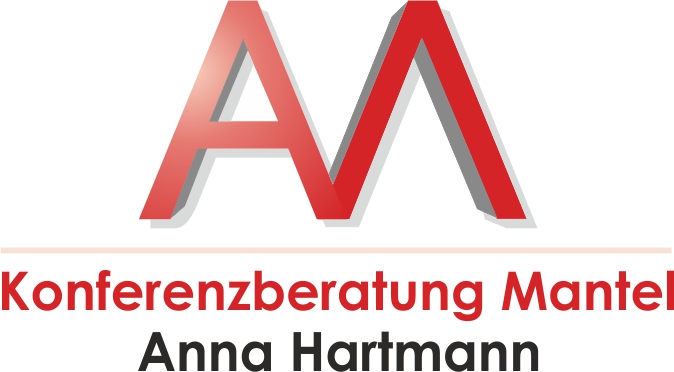Sometimes the interpreter leaves the interpreting booth and works not simultaneously (i.e. hearing and talking at the same time), but consecutively: the speaker says several sentences, after that the interpreter renders what was said in the target language. A qualified conference with a university degree like me is able to translate passages of up to 15 minutes consecutively. Indeed our studies include courses in special note-taking tecnique for interpreting, which doesn’t have much in common with stenograpy. In its pure form, interpreters’ notes are not based on any given language, but uses exclusively signs which are independent of the source or the target language. Using signs as on the notepad shown on the photograph, one could theoretically translate into several languages. This is a simple example:
Ladies and Gentlemen,
I (that should be clear) am very pleased (Smiley, underscored), to welcome (Symbol of a human being with extended hand) the representatives of the industry (smoking smokestack), of the employees (greek letter alpha for work, head below the sign for employees, head on top would mean employer) and of society (German stenography sign for Gesellschaft=society) in Hamburg (car plate of Hamburg) today (point on the welcome sign).
The signs are spread widely on the notepad. That helps to catch the whole sentence at a glance. The subject is alway placed left of the line I draw on every sheet from the top to the bottom. I mark the end of the sentence by a short horizontal line.
And yes, right now I am in Hamburg, but you surely noticed that when you studied the notes…




